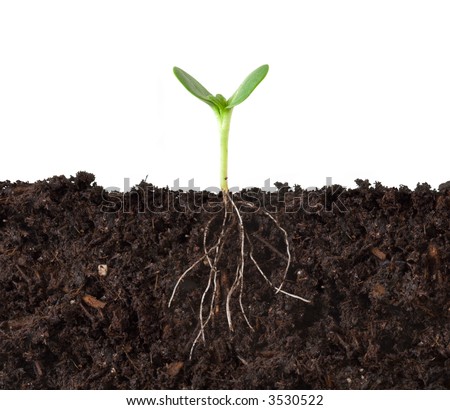Getting Started Gardening
I'm only now realizing that not everyone in the world was blessed enough to grow up with a mom who taught them about gardening. From a young age we harvested chives if we were eating baked potatoes and we watered our own cherry tomatoes in hopes that it would yield a few miniature fruits to snack on while we played. Our mom was a trained florist and a botanist by nature. So for everyone who doesn't have that background, and would like to start gardening, here's an easy guide!
1. Find your space. It could be a huge plot in the backyard, it could be pots on your balcony. As long as there's enough room to grow what you're growin' then it works! To make room you can look into trellising (that's when you install criss-crossed wood or plastic pieces that vegetables that grow up rather than out). You could also pay into a community garden space.
2. Choose your veg. It wouldn't hurt to talk with seasoned gardeners in your area about what they think works well. Many gardeners have told me that corn is near impossible and that broccoli can be annoying too (hasn't stopped me yet!) Once you know what your options are, pick things that you'd normally buy at the grocery store, that way you know it'll get eaten. I'd suggest tomatoes, some greens and something high-yielding like zucchini or kale, for your self-esteem. Also, don't forget herbs. There's nothing better than fresh basil on your morning scrambled eggs.
3. Figure out when to plant. Some things you need to start indoors. This means place the seeds in soil, in pots, and leave them inside either in a sunny window or under a grow light, for a few weeks until the risk of frost is over (the frost-free date in London is May 9th this year I think). Other seeds you can plant right away, they're hardy to cold. Lastly, there are seeds that you should sow directly into the soil outside, but you have to wait until the frost-free date. Check out the list here:
Seeds to start indoors and to plant as seedlings
- eggplant
- peppers
- tomatoes
- broccoli
- brussels sprouts
- cabbage
- cauliflower
- onions
- potatoes
- beets
- chard
- cilantro
- kohlrabi
- lettuce
- mustard greens
- green peas
- radishes
- spinach
- snap peas
- asian vegetables (i.e, bok choy, napa cabbage, etc..)
- carrots
- beans
- cantaloupes
- cucumber
- honeydew
- melons
- okra
- squash
- corn
- watermelons
- pumpkins
Keep in mind, when you start something indoors chances are the container it's in isn't big enough to keep it for long. If your plant has overgrown its container, replant in a larger container! You can tell if it's growing really high really fast and not producing shoots or leaves horizontally. That means it's using all its energy to build above ground because there's no room for root growth, which is the most important thing.
4. Take good care. I water my plants whenever they seem dry, it works for me. I leave them under the grow light for 14 hours a day and turn it off for 10 hours at night. I also give them a powdered kelp supplement for added nutrition. When I bring them outside I harden off (slowing acclimatize them to the outdoors by leaving them outside for increasing amounts of time, but keeping them inside overnight, until they're ready) and by adding compost regularly. (Would you like a blog about composting?) If pests are a problem, I spray a diluted mixture of neem oil around the area.
5. Enjoy! And don't hesitate to ask for help. I don't consider myself an expert gardener but right now I have a future nursery room full of healthy seedlings that are excited to be outdoor-planted and to produce food for my family and I, so advice has gotten me far.
Labels: gardening, HOME and GARDEN


0 Comments:
Post a Comment
Subscribe to Post Comments [Atom]
<< Home